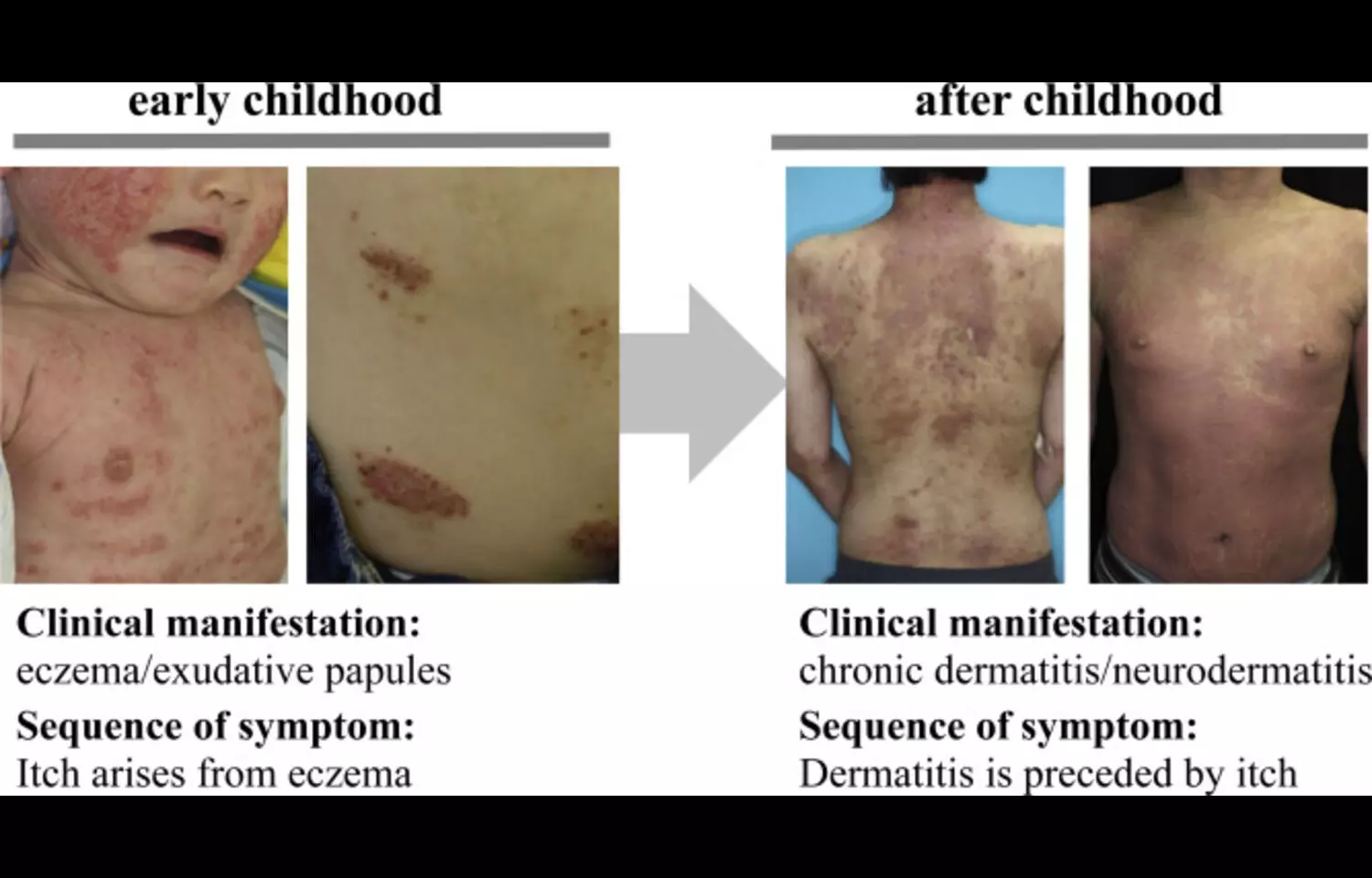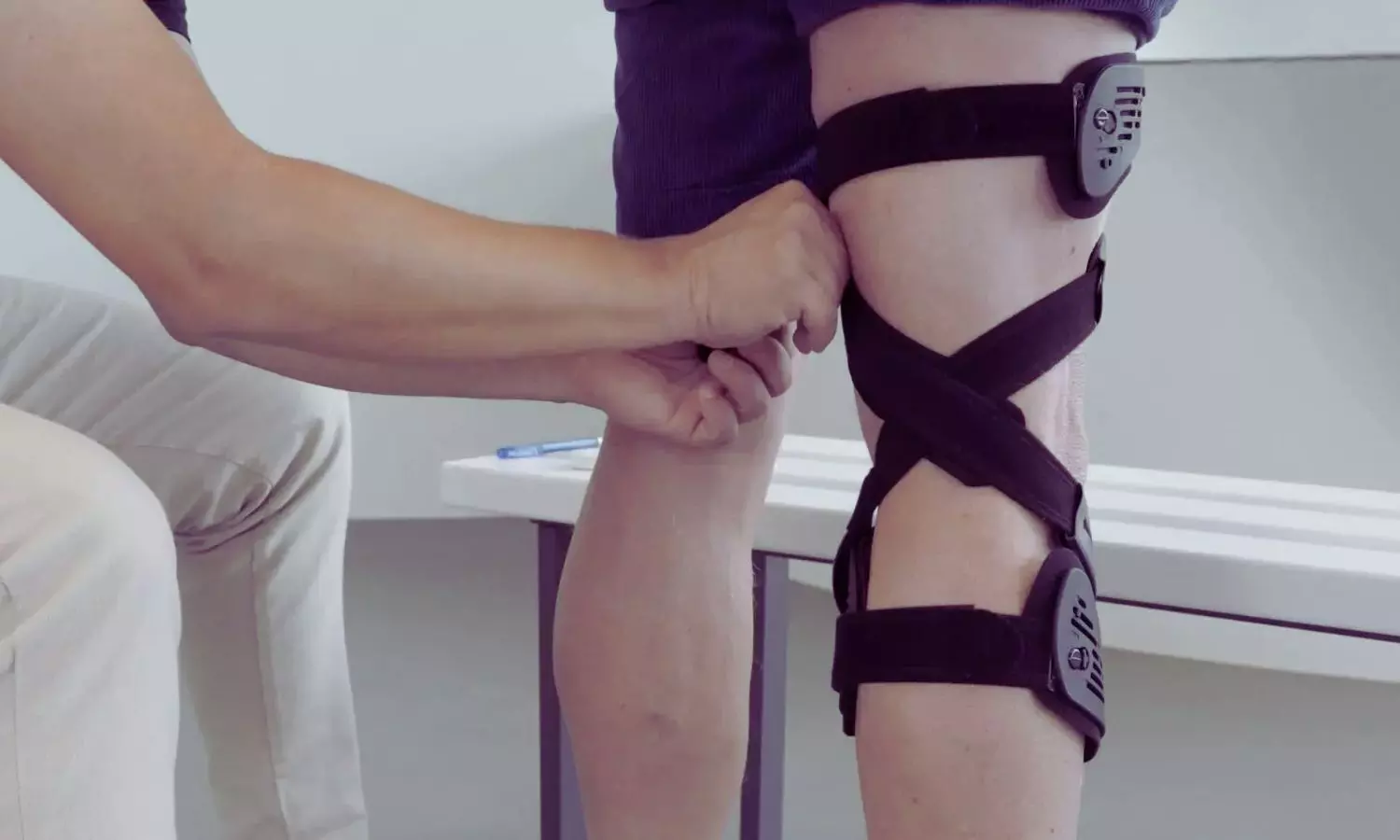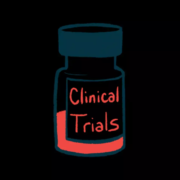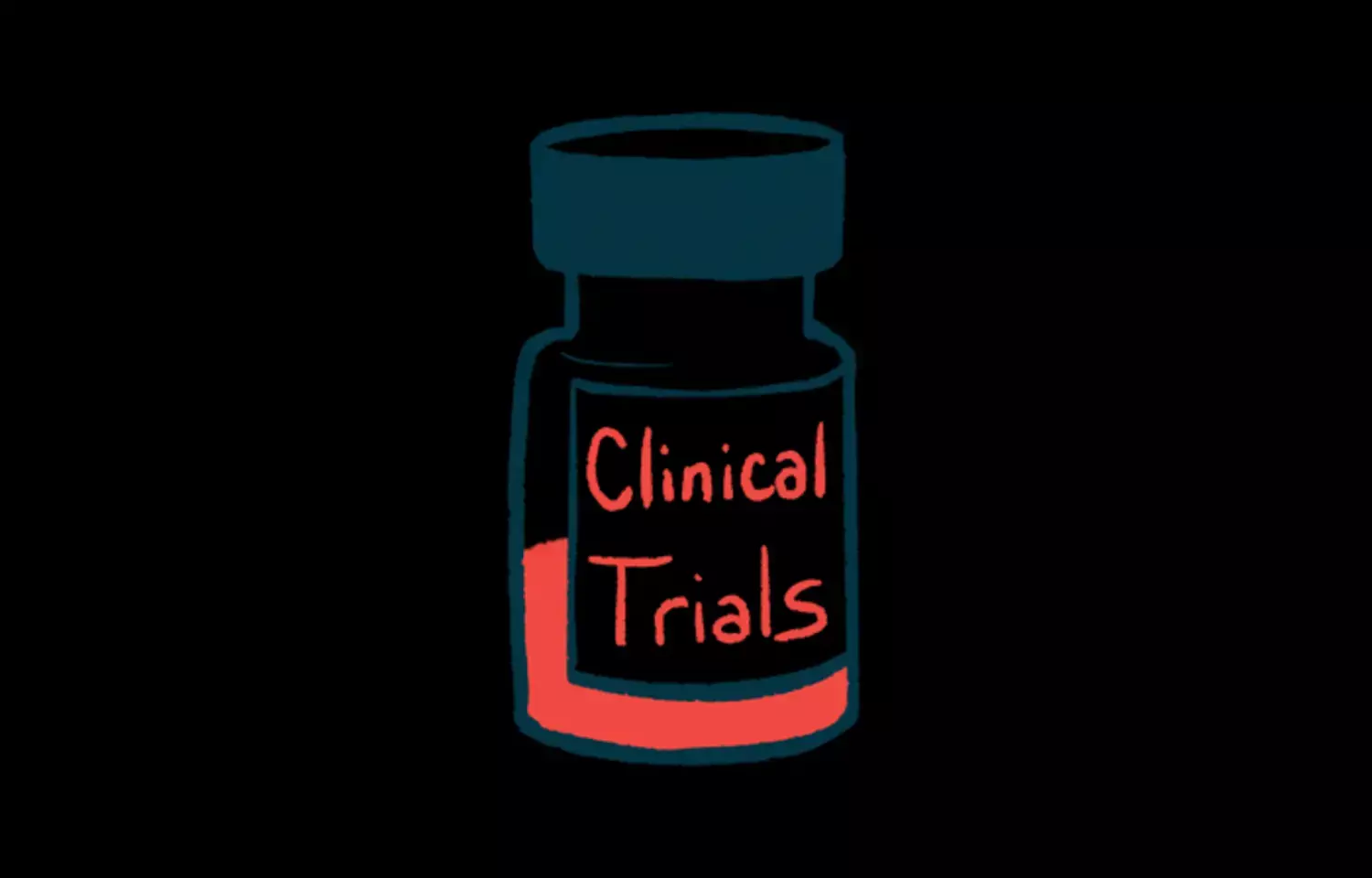FDA Approves INLEXZO™ for BCG-Unresponsive Bladder Cancer

The U.S. FDA has approved Johnson & Johnson’s INLEXZO™ (gemcitabine intravesical system) for adults with BCG-unresponsive non-muscle invasive bladder cancer (NMIBC) with carcinoma in situ (CIS), with or without papillary tumors. This new therapy offers an alternative for patients who decline or are ineligible for bladder removal surgery (radical cystectomy).
Gemcitabine intravesical system is co-packaged with a urinary catheter and stylet used for insertion through the urinary catheter into the bladder.
Full prescribing information for Inlexzo will be posted on Drugs@FDA.
Efficacy was evaluated in Cohort 2 of SunRISe-1 (NCT04640623), a single-arm, multi-center trial enrolling 83 patients with BCG-unresponsive NMIBC with CIS with or without papillary tumors following transurethral resection. Patients received the gemcitabine intravesical system into the bladder every 3 weeks for 6 months, followed by once every 12 weeks for up to 18 months.
Tumor status was assessed with cystoscopy and urine cytology every 12 weeks during the initial two years of treatment, after which cystoscopy was performed at least every 24 weeks. Mandatory biopsies were performed at 24 and 48 weeks after treatment initiation.
The major efficacy outcome measures were complete response (CR) at any time (defined as negative results for cystoscopy [with TURBT/biopsies as applicable] and urine cytology) and duration of response (DOR). CR assessment at each timepoint was based on central pathology review.
The CR rate was 82% (95% CI: 72, 90) and 51% of patients with a CR had a DOR ≥ 12 months.
The prescribing information includes warnings and precautions describing risks of administering gemcitabine intravesical system in patients with a perforated bladder, risk of metastatic bladder cancer with delayed cystectomy, magnetic resonance imaging (MRI) safety, and embryo-fetal toxicity.
The gemcitabine intravesical system delivers 225 mg of gemcitabine into the bladder, with an indwelling period following each insertion of 3 weeks prior to removal. The gemcitabine intravesical system is inserted once every 3 weeks for up to 6 months (8 doses), followed by once every 12 weeks for up to 18 months (6 doses), or until persistent or recurrent high-grade NMIBC, disease progression, or unacceptable toxicity.
This review used the Real-Time Oncology Review (RTOR) pilot program, which streamlined data submission prior to the filing of the entire clinical application, and the Assessment Aid, a voluntary submission from the applicant to facilitate the FDA’s assessment.
This application was granted priority review. The gemcitabine intravesical system received breakthrough therapy designation. FDA expedited programs are described in the Guidance for Industry: Expedited Programs for Serious Conditions-Drugs and Biologics.
Powered by WPeMatico









